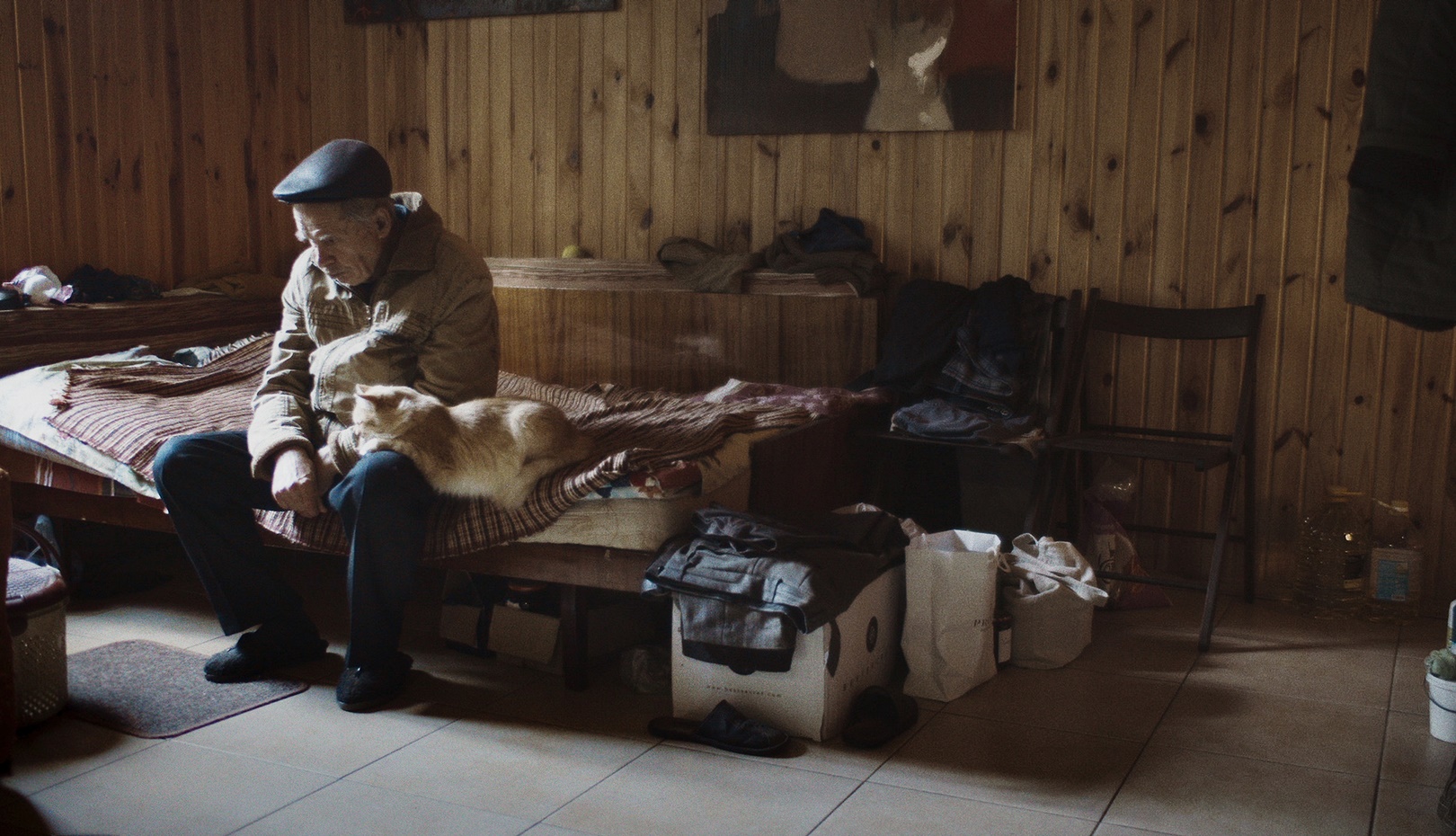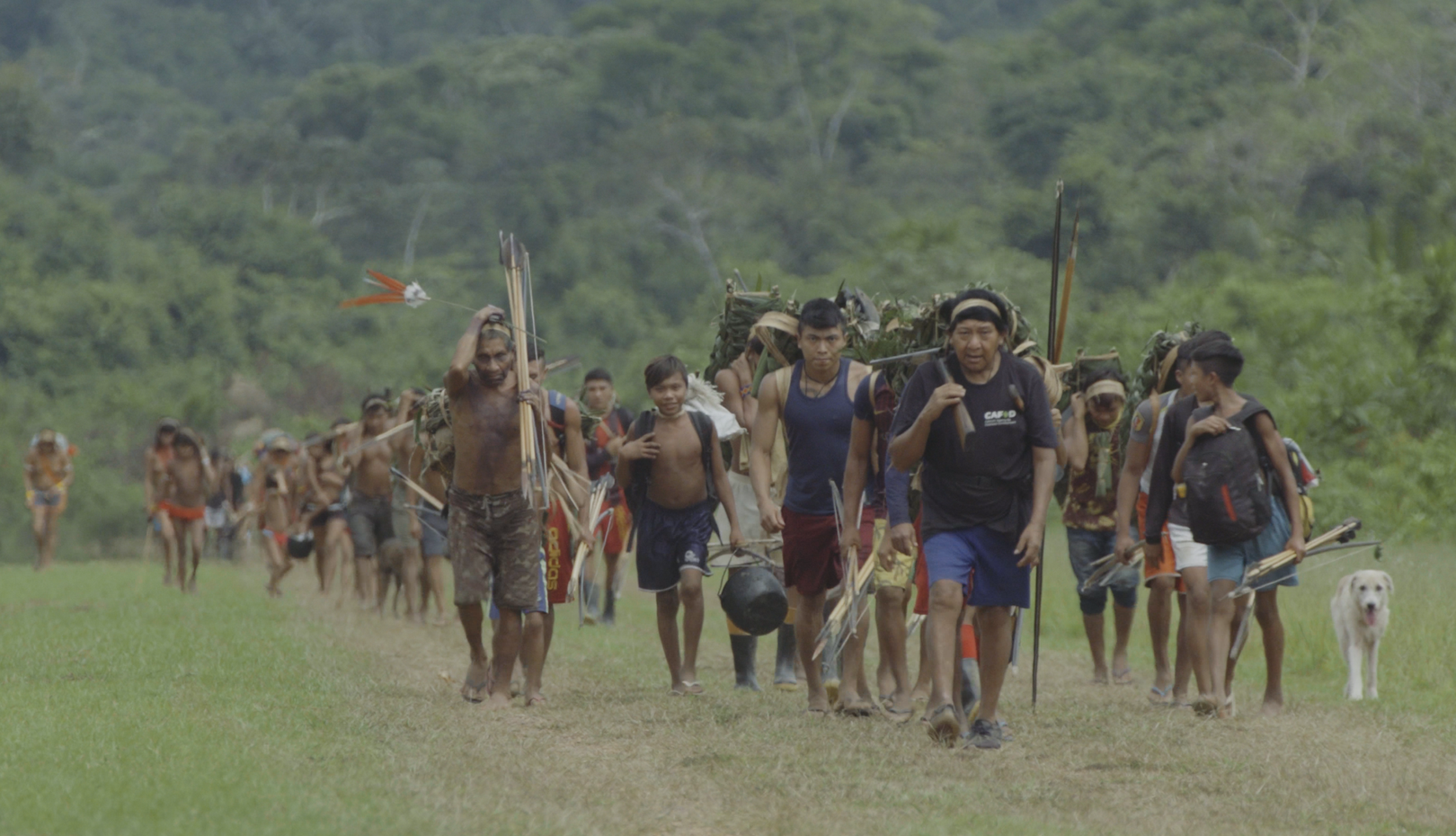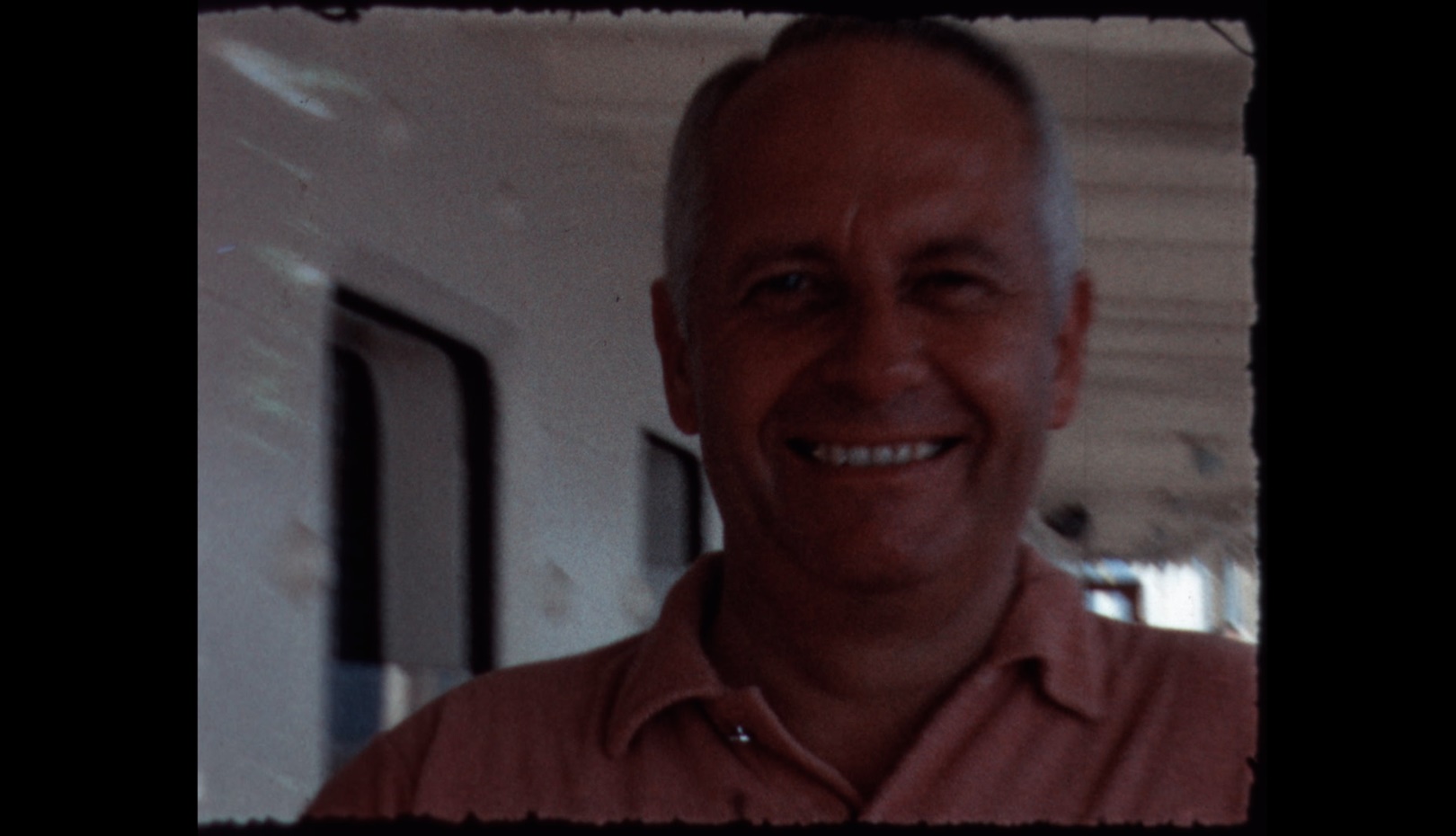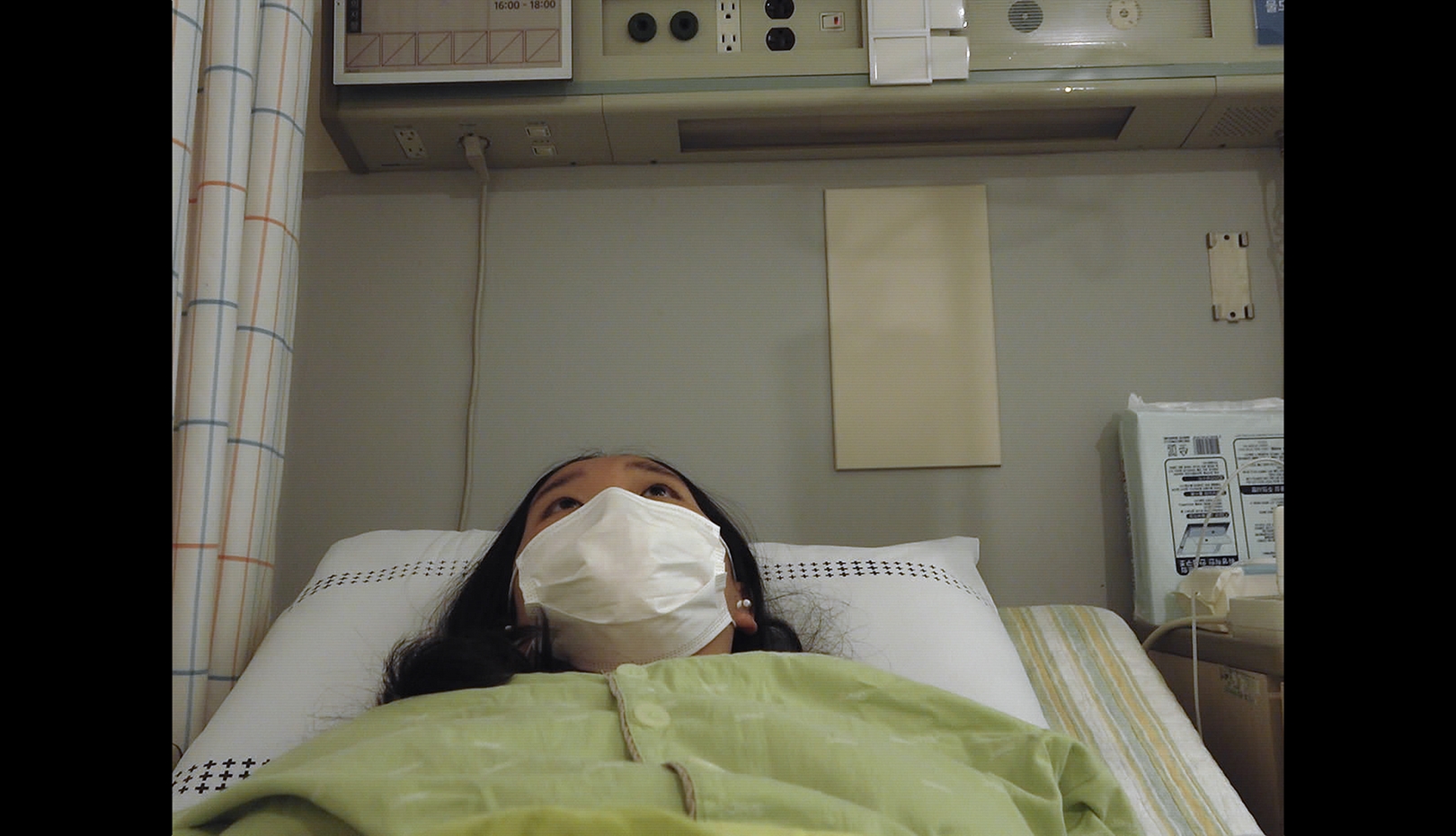International Competition
Grand Prize
In Limbo
- Poland
- 2024
- 71min
- G
- DCP
- color
In Limbo offers a poignant portrayal of how war's extraordinary intrusion coexists with everyday life. Director Arina Maksimenko opens with a deceptively peaceful scene: herself recuperating from surgery in a sunlit room, her cat nearby. Yet, broken windows and people in motion outside hint at underlying turmoil. As Maksimenko moves in with her parents, the film documents their seemingly ordinary routines—sharing meals, washing dishes, tending to abandoned pets—set against the backdrop of Russian aggression in Ukraine. Rather than explicitly denouncing the horrors of war, the documentary subtly reveals how creeping conflict disrupts daily life. The elderly couple's existence gradually fractures as gunfire nears, leaving them in limbo—uncertain whether to flee or stay. This state of indecision, evoked by the title, recalls Dante's depiction of limbo as the first circle of hell. Without showing any battle scenes, In Limbo exposes war's insidious effects on domestic tranquility. It is a family narrative more chilling than conventional war films, highlighting the precarious balance between normalcy and upheaval in conflict zones, and offering a unique perspective on war's human cost.
Director
-
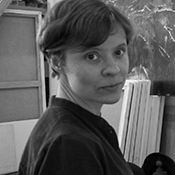
Alina MAKSIMENKO
Born in Ukraine. Alina Maksimenko is a Kiev filmmaker and artist. Her short film Ptitsa (2022) was awarded Best Direction at Astra Film Festival and received the Andrei Matrasov Award at Docudays UA.
Credit
- ProducerFilip MARCZEWSKI, Katarzyna MADAJ-KOZ??OWSKA(Executive Producer)
- Screenwriter Alina MAKSIMENKO
- Cinematography Alina MAKSIMENKO
- Editor Feliks MAMCZUR
- Music Vladimir TARASOV
- Sound Joanna NAPIERALSKA, Sergyi CHEGODAYEV
Special Jury Award
The Falling Sky
- Brazil, Italy
- 2024
- 109min
- 15 +
- DCP
- color
An indigenous elder from the Watorik-i community says, “You can filme me here, but are you really going to be our ally?” This question connects to one that co-directors Eryk Rocha and Gabriela Carneiro da Cunha had been asking themselves throughout the shoot. The Falling Sky is a documentary about the struggle to defend the Watorik-i community in the Brazilian Amazon. The film opens with a haunting long take of the community, led by tribal shaman Davi Kopenawa, slowly walking toward the camera with firearms, bows, and bundles. Visually sophisticated and formally rigorous, the film deftly mixes a collage of monologues, daily indigenous activities, and observational shots that refrain from exposition, outlining the human connection to the natural ecosystem. The sound design, featuring immersive natural ambient sound, contributes to the authenticity of the film's portrayal of the primal world. The film's refusal to edit or censor opinions or dialogues, and its strategy of juxtaposing night skies and natural landscapes while reflecting the indigenous worldview, highlights the crisis of a world threatened by civilization's encroachment, such as miners coming in for development. In this film, motivated by an anti-European and anti-colonial voice, director Eryk Rocha continues the legacy of his father Glauber Rocha, a mythical figure of Third World post-colonial cinema, breaking down the dualism between human and nature.
Director
-
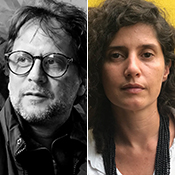
Eryk ROCHA, Gabriela CARNEIRO DA CUNHA
Eryk Rocha and Gabriela Carneiro da Cunha are both from Brazil. Eryk Rocha's documentary Cinema Novo (2016) won the L'Oeil d'Or at Cannes. Gabriela Carneiro da Cunha, who is also a theater director and environmental activist, co-directed The Falling Sky with Rocha. This film, their directorial debut together, was showcased at the Quinzaine des Cinéastes at Cannes and the Centre Pompidou.
Credit
- ProducerEryk ROCHA, Gabriela CARNEIRO DA CUNHA, Donatella PALERMO
- Screenwriter Eryk ROCHA, Gabriela CARNEIRO DA CUNHA
- Cinematography Eryk ROCHA, Bernard MACHADO
- Editor Renato VALLONE
- Sound Marcos LOPES, Guile MARTINS
Jury Special Mention
Home Sweet Home
- Germany
- 2023
- 67min
- 15 +
- DCP
- color/black and white
The film opens with nostalgic home videos of the director's family, presenting an image of domestic harmony. As the narrative unfolds, it reveals the complexities beneath these recorded moments. The director's grandmother, viewing these old videos in the present, recalls memories not captured on film—unveiling life beyond the frame. Masterfully juxtaposing past and present, the film contrasts the happiness in home videos with undocumented domestic violence. This tension is emphasized through the interplay of grainy 8mm footage and contemporary reflections, reminding us of history's multifaceted nature. The documentary transforms records, testimony, and truth into a nuanced psychological exploration. It transcends family history, giving voice to the often invisible issue of ongoing domestic violence in society. This thought-provoking work challenges viewers to consider the disparity between recorded memories and lived experiences, offering a compelling meditation on family, memory, and the stories we choose to tell—or leave untold. The film's title Home Sweet Home, revealed at its conclusion, adds an intriguing layer to this exploration.
Director
-
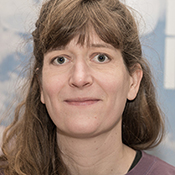
Annika MAYER
Born in Berlin, Germany. Annika Mayer is a German filmmaker and editor with a PhD in social anthropology. Her debut as a director, Home Sweet Home (2023), was showcased at prestigious festivals such as IFFR and VdR.
Credit
- ProducerAnnika MAYER, Jakob KRESE
- Screenwriter Annika MAYER
- Cinematography Jakob KRESE
- Editor Annika MAYER
- Music Gaston IBARROULE
- Sound Andrew NORTON
Frontier
Grand Prize
Grand Theft Hamlet
- UK
- 2024
- 91min
- 15 +
- DCP
- color
Set against the UK's third pandemic lockdown, actors Sam and Mark find an unlikely stage within the virtual world of Grand Theft Auto Online. Amidst the game's chaotic crime-ridden streets, they discover a virtual theater and embark on a production of Shakespeare's "Hamlet," inviting a seasoned director, new to the game, to document their endeavor. In this digital world where violence is commonplace, performing "Hamlet" becomes both absurd and precarious. The performance faces constant disruption from gamers and a multilingual audience, transforming the existential "to be or not to be" into a practical "to play or not to play." This experimental film, shot entirely within the game, features in-game avatars as actors, blurring the lines between gaming, theater, and cinema. It injects theatricality into gameplay while reflecting real-world anxieties in a virtual setting. The result is a mix of humor, hope, and profound emotion. The film acknowledges the complex relationship between online and offline worlds. It recognizes the virtual realm's artistic potential while remaining grounded in physical reality. Importantly, it maintains a critical awareness that theater, gaming, and cinema, despite their convergence here, are distinct forms of expression.
Director
-
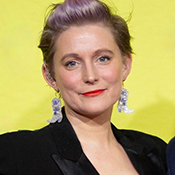
Pinny GRYLLS
Born in the UK, 1978. Pinny Grylls is an award-winning HOH/deaf director and editor. Grand Theft Hamlet is her first feature-length documentary. -
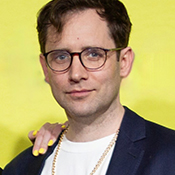
Sam CRANE
Born in the UK, 1979. Sam Crane is an award-winning machinima video artist and actor. Grand Theft Hamlet is his first feature-length documentary.
Credit
- ProducerRebecca WOLFF, Julia TON
- Cast Sam CRANE, Mark OOSTERVEEN, Pinny GRYLLS, Jen COHN
- Screenwriter Pinny GRYLLS, Sam CRANE
- Editor Pinny GRYLLS
- Music Jamie PERERA
- Sound Jamie PERERA
Korean Competition
Features Grand Prize
1980 Sabuk
- Korea
- 2024
- 124min
- 12 +
- DCP
- color/black and white
In April 1980, the mining town of Sabuk in Jeongseon County, Gangwon Province, erupted in protest as miners and residents rose up against wage exploitation and human rights abuses. This uprising, occurring just one month before the more widely known Gwangju Uprising, has largely been overshadowed in historical narratives. The demonstrators quickly became targets of brutal suppression by police and martial law forces, enduring months of relentless violence—a trauma for which no official apology or restitution has been offered to this day. Director PARK Bong-nam, renowned for his incisive and politically charged documentaries that resonate with both Korean and international audiences, meticulously reconstructs this pivotal yet often overlooked event in modern Korean history. Through extensive interviews and thorough research, PARK illuminates the harsh realities of the miners' lives under oppressive working conditions, while exposing the barbaric state violence that unjustly branded these workers as rioters. 1980 Sabuk not only condemns the atrocities committed by the state but also explores ongoing efforts to heal wounds that remain raw decades later. The film explores the controversies surrounding spontaneous acts of private violence during the uprising, as well as attempts by some involved parties to accept responsibility and offer apologies. While the state—the primary perpetrator of these injustices—maintains its silence, 1980 Sabuk invites viewers on a journey of reflection. It challenges us to confront the scars of history and learn from past transgressions, urging a collective vigilance to prevent such events from recurring.
Director
-
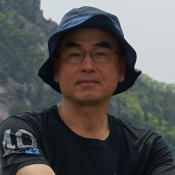
PARK Bongnam
Park Bong-nam has been a prolific documentary filmmaker since 1994, collaborating with various South Korean broadcasters. His critically acclaimed work includes the 2009 five-part series A Human Land, which earned him both the Documentary of the Year and Producer of the Year awards at the Korean PD Awards. That same year, his documentary Iron Crows was awarded Best Mid-Length Documentary at the International Documentary Film Festival Amsterdam (IDFA). In response to the 2014 Sewol Ferry disaster, PARK and his colleagues formed the "April 16th Record Group," dedicated to creating long-term video archives documenting the aftermath of this national tragedy. Currently, PARK is immersed in several long-term projects. He continues his cinematic journey, capturing the essence of forests and trees as he travels from place to place, further expanding his already impressive body of work that spans both Korean and international contexts.
Credit
- ProducerHAN Kyungsoo
- Cast LEE Wongab, HWANG Inuk
- Cinematography BOO Seongpil, PARK Bongnam
- Editor PARK Bongnam, HAN Kyungsoo
- Music JEONG Yongjin
- Sound CHANG Chulho
Shorts Grand Prize
Between the Vineyard
- Korea
- 2023
- 19min
- G
- DCP
- color
The film chronicles the daily life of Choi Hyeonsam, who returns to his hometown to care for his mother suffering from dementia. The catalyst for this return was the simultaneous diagnosis of both his parents with dementia a few years prior. In response, Choi establishes a care labor company in their rural village, which is predominantly populated by the elderly. This company, rooted in the agricultural lifestyle his parents have known all their lives, aims to provide care that respects their familiar life patterns. While the film ostensibly focuses on Choi's work and the operations of the care labor company, its true heart lies in the portrayal of Choi's mother. She emerges as both muse and villain, central to the company's existence. The film explores the nuanced interactions between Choi and his mother, whose words and actions reflect a lifetime of experiences and her aspirations for her son. Despite her memory loss, her body instinctively recalls the rhythms of farming and preparing meals for her son. Choi's efforts to care for her as a middle-aged son offer a profound awakening to the nature of life.
Director
-
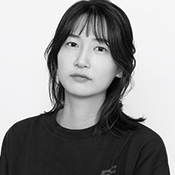
SIM Haeun
Born in 1999, one of the people who love cinema. With aspirations to work across both movies and documentaries, she seeks to explore diverse storytelling methods. Between the Vineyard marks her directorial debut.
Credit
- ProducerLEE Hyooen
- Cast PARK Poongsoon, CHOI Hyunsam
- Cinematography SIM Haeun
- Editor SIM Haeun
- Sound SIM Haeun
Jury Special Mention
Bitter Cells
- Korea, UK
- 2023
- 17min
- 12 +
- DCP
- color
Bitter Cells chronicles the director's dual journey following her ovarian cancer diagnosis. One path leads her to connect with others who share same diagnosis or have survived it, while the other involves the delicate process of preparing to inform her unsuspecting mother. These parallel narratives converge through the director's compelling efforts to illuminate the complex story of women's bodies and illness. This documentary offers a powerful lens through which we witness the prejudices and oppression that women and their bodies endure in everyday life. Simultaneously, it captures extraordinary moments of sisterhood, where women find solace and understanding in each other's experiences. The director's ability to seamlessly interweave these two narratives within a concise runtime is a testament to her remarkable talent and authenticity. Scenes that depict conversations with others as if they were face-to-face with herself are particularly striking and leave a lasting impression.
Director
-
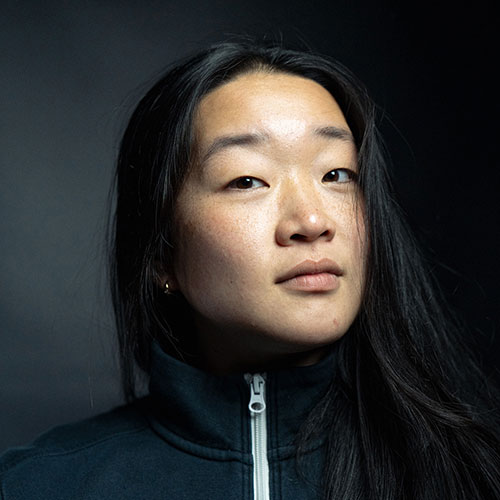
PARK Huiju
Born in South Korea. Park Huiju is a london-based documentary filmmaker whose works explore memory, migration, and familial trauma through personal narratives and hybrid forms. She often blends observational footage with staged elements to examine intimacy and emotional inheritance.
Credit
- ProducerPARK Huiju
- Cast PARK Huiju, Diane BOOTHBY, HWANG Namim, LEE Nanju
- Cinematography PARK Huiju
- Editor Maria Elena CAPRA
- Music Darren SNG
- Sound Diogo CHAVES
Special Award
Special Prize for Outstanding Aesthetic Achievement
CONATUS
- Korea
- 2024
- 79min
- 12 +
- DCP
- color
The Latin term Conatus, often translated as "effort" or "striving," is most notably associated with Spinoza, who defines it as the endeavor by which an entity strives to persist in its being. This concept, exploring one's essential virtues and desires, contrasts sharply with contemporary notions of self-improvement that often involve self-denial and blind pursuit of progress. CONATUS, director Oh Jaehyeong's latest work, embodies this concept through its protagonist, Soyoung, a dancer with a disability preparing for a stage performance. For Soyoung, success isn't measured through comparison or competition, but by confronting her own body and following her heart's dictates. The film skillfully interweaves scenes of rigorous practice, performance euphoria, and daily challenges, including self-recorded footage from Soyoung. This sincere effort to observe another's struggles and aspirations with an open, egalitarian perspective not only pays tribute to a young artist but also offers a critique of Korean society's fixation on self-improvement discourse. During the DMZ International Documentary Film Festival, a barrier-free version, created by the production team, will also be screened, further emphasizing the film's commitment to accessibility and inclusivity.
Director
-

OH Jaehyeong
Artist Jack-of-all-Trades, the director has created a diverse body of work including Moscow Chicken Stew (2019), Piano Prism (2021), and Yangnimdong Girl (co-directed with Im Yeong-hui, 2022). His films have been screened and recognized at prestigious events such as the Busan International Film Festival, the Seoul International Eco Film Festival, and the Seoul Independent Film Festival.
Credit
- ProducerJOUNG Heejoung
- Cast KIM Soyoung, JOUNG Heejoung
- Cinematography NA Baru, KIM Soyoung
- Editor OH Jaehyeong
- Music OH Jaehyeong
- Sound OH Jaehyeong
Special Prize for Social Solidarity
Flower Cow
- Korea
- 2024
- 80min
- G
- DCP
- color
Director
-
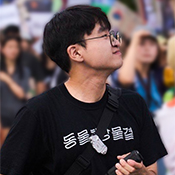
LEEM Joongwan
A visual documentarian, the director collaborates with civic organizations to produce campaign videos, focusing on capturing social issues through grassroots perspectives. Flower Cow marks his directorial debut.
Credit
- ProducerLEEM Joongwan
- Cast LEE Jiyen, HAN Seunghee, JANG Heeji, SON Yeongshik, JUN Bumsun
- Screenwriter LEEM Joongwan
- Cinematography LEE Seungchan, YUN Jeongmin, LEE Yonghyeop, YUN Jongsan, KIM Seongjin
- Editor LEEM Joongwan
- Music PARK Joonhee, KIM Saerom, PARK Yonghee
- Sound PARK Joonhee
Special Prize for Emerging Documentary Filmmaker
Between Goodbyes
- Korea, USA
- 2024
- 95min
- 12 +
- DCP
- color/black and white
This film follows Mieke, a Korean adoptee raised in the Netherlands, but it deviates significantly from the traditional adoption narrative. Instead of focusing on Mieke's search for her Korean birth parents, the story begins with her Korean parents(who placed her up for adoption) seeking Mieke(then named Mi-ok) out. Unlike typical adoption narratives, it is Mieke who finds herself distant and wary of the parents seeking her out. The film reveals that Mieke was born as the fourth daughter to a family desperate for a son. Her parents had already had three daughters and gave birth to Mieke in hopes of finally having a male heir, only for her to be abandoned by her paternal grandparents due to this son preference. Despite this abandonment, Mieke has forged her identity as a queer woman in the Netherlands, finding stability with her current partner. The film chronicles Mieke's visit to her Korean parents and her attempts to communicate across vast barriers of language, emotion, culture, family dynamics, and sexual identity. It explores how these differences intersect and how people strive to connect across these divides in the name of family. The portrayal of the complex, yet typical, maternal figure of a Korean mother prompts deep reflection. As the narrative unfolds, the focus shifts from adoption to a broader exploration of the meaning of family. Director Jota Mun, an adoptee themself, employs a nuanced and sensitive approach in depicting Mieke and her family, crafting a narrative that adds new dimensions to the adoption story.
Director
-
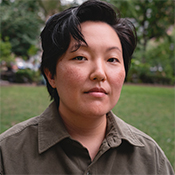
Jota MUN
Jota Mun (they/them) is an emerging director with over 7 years of experience as an editor. Jota edited the Emmy-nominated Netflix series "Who Killed Malcolm X? "and most recently, episode one of "Gospel" a PBS series hosted by Henry Louis Gates. Jota was selected by Firelight Media's Doc Lab to be a 2021-2023 Fellow for directing "Between Goodbyes". As a queer Korean adoptee, this film is very close to Jota’s heart.
Credit
- ProducerZoe Sua CHO, Jota MUN, Barb LEE
- Cinematography Jimin LEE
- Editor Michelle CHANG
- Music Gene BACK
- Sound Sungrok CHOI
FIPRESCI Award
1980 Sabuk
- Korea
- 2024
- 124min
- 12 +
- DCP
- color/black and white
In April 1980, the mining town of Sabuk in Jeongseon County, Gangwon Province, erupted in protest as miners and residents rose up against wage exploitation and human rights abuses. This uprising, occurring just one month before the more widely known Gwangju Uprising, has largely been overshadowed in historical narratives. The demonstrators quickly became targets of brutal suppression by police and martial law forces, enduring months of relentless violence—a trauma for which no official apology or restitution has been offered to this day. Director PARK Bong-nam, renowned for his incisive and politically charged documentaries that resonate with both Korean and international audiences, meticulously reconstructs this pivotal yet often overlooked event in modern Korean history. Through extensive interviews and thorough research, PARK illuminates the harsh realities of the miners' lives under oppressive working conditions, while exposing the barbaric state violence that unjustly branded these workers as rioters. 1980 Sabuk not only condemns the atrocities committed by the state but also explores ongoing efforts to heal wounds that remain raw decades later. The film explores the controversies surrounding spontaneous acts of private violence during the uprising, as well as attempts by some involved parties to accept responsibility and offer apologies. While the state—the primary perpetrator of these injustices—maintains its silence, 1980 Sabuk invites viewers on a journey of reflection. It challenges us to confront the scars of history and learn from past transgressions, urging a collective vigilance to prevent such events from recurring.
Director
-

PARK Bongnam
Park Bong-nam has been a prolific documentary filmmaker since 1994, collaborating with various South Korean broadcasters. His critically acclaimed work includes the 2009 five-part series A Human Land, which earned him both the Documentary of the Year and Producer of the Year awards at the Korean PD Awards. That same year, his documentary Iron Crows was awarded Best Mid-Length Documentary at the International Documentary Film Festival Amsterdam (IDFA). In response to the 2014 Sewol Ferry disaster, PARK and his colleagues formed the "April 16th Record Group," dedicated to creating long-term video archives documenting the aftermath of this national tragedy. Currently, PARK is immersed in several long-term projects. He continues his cinematic journey, capturing the essence of forests and trees as he travels from place to place, further expanding his already impressive body of work that spans both Korean and international contexts.
Credit
- ProducerHAN Kyungsoo
- Cast LEE Wongab, HWANG Inuk
- Cinematography BOO Seongpil, PARK Bongnam
- Editor PARK Bongnam, HAN Kyungsoo
- Music JEONG Yongjin
- Sound CHANG Chulho
